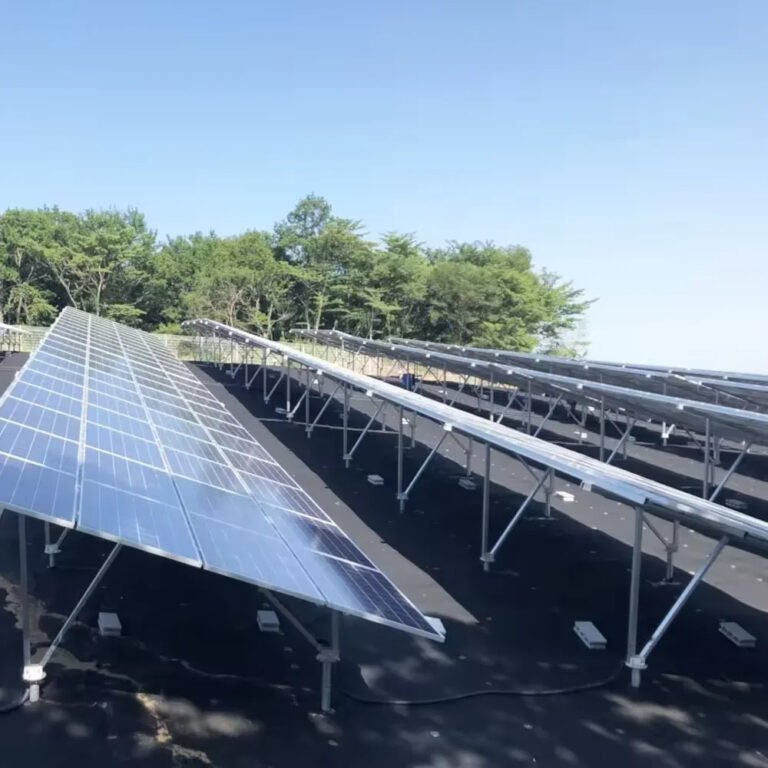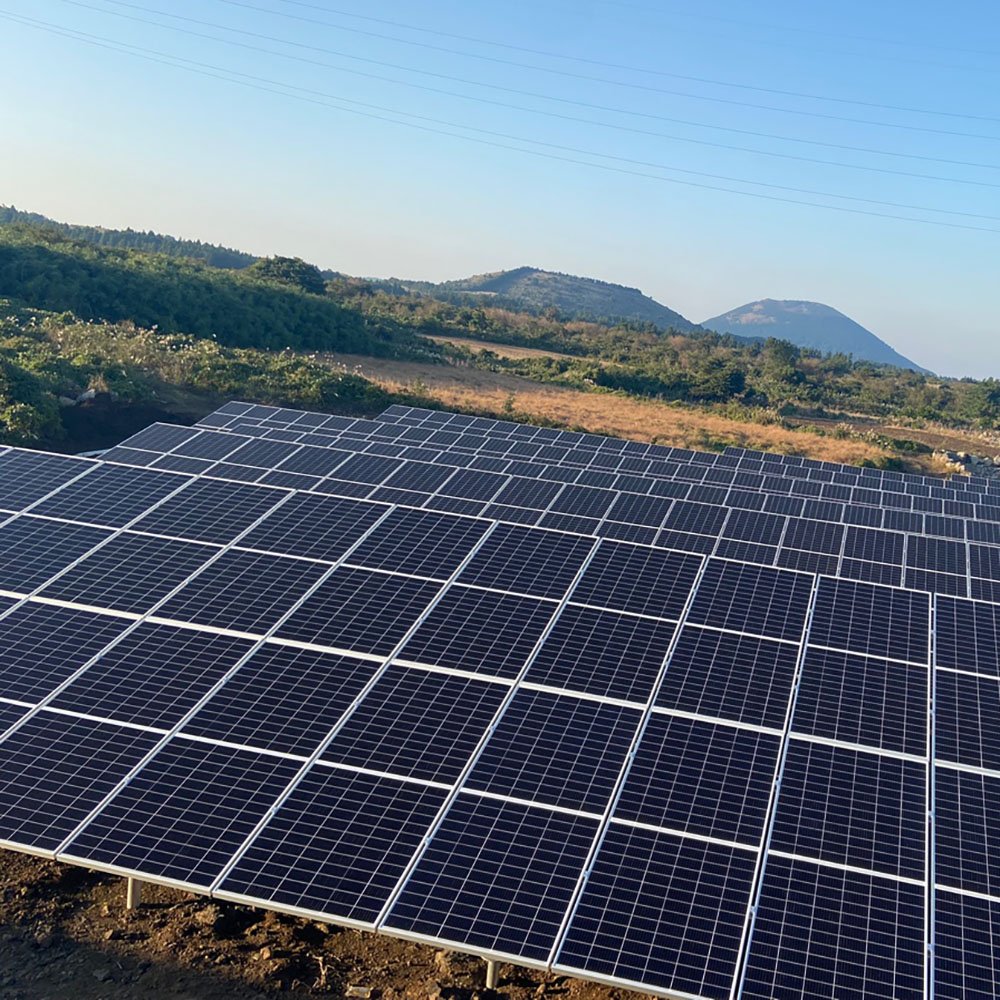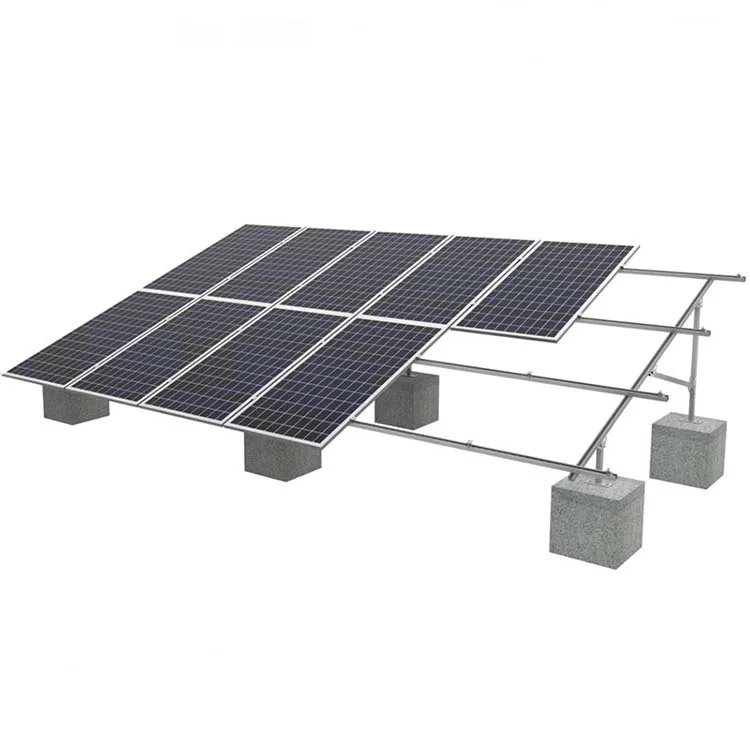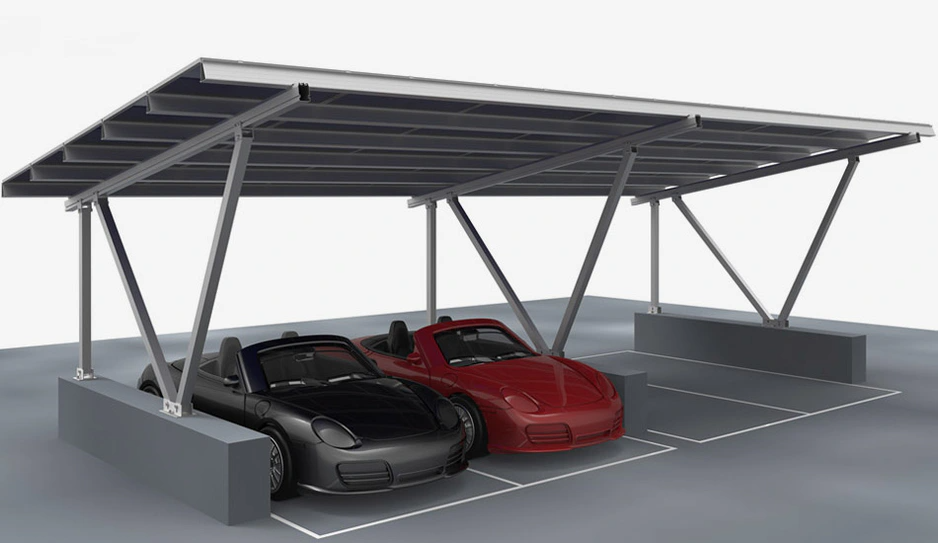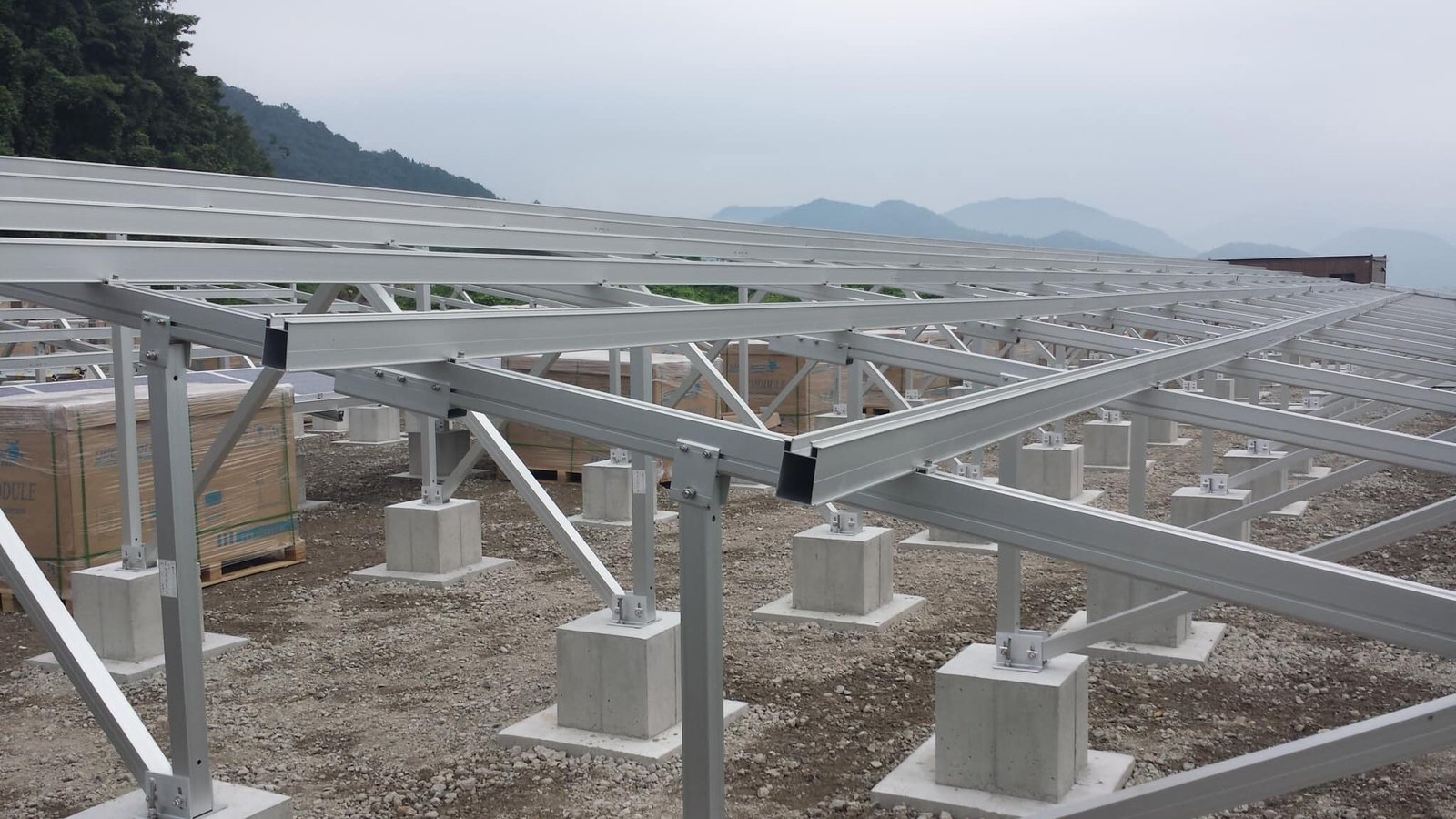-
中国福建省アモイ市海滄区興港一路322号2103室

Risks and Disadvantages of Solar Power Investment
Table of Contents
Things You Must Check Before You Regret It
Solar power investment can be profitable—but only when you understand and manage the risks. Below we explore the major drawbacks and risks associated with solar PV investment, along with real-world insights based on Japan’s experience.
Why Do People Invest in Solar Energy?
Let’s be honest: the primary reason is financial return. Few individuals or corporations invest millions purely for environmental reasons. If the return is lower than expected—or worse, results in financial loss—then that’s where regret begins.
When Does a Solar Investment Fail?
1. Buying at an Unreasonably High Price
Like any investment, if the initial cost is too high, future returns will be consumed by loan repayments or operational costs. This often occurs when buyers don’t benchmark the proper price per kW.
What to do: Compare multiple sites and analyze market pricing per installed kilowatt.
2. Overestimated Energy Output
Many sellers provide inflated simulations of how much electricity the plant will generate. Since ROI and payback period are calculated from these simulations, a gap between estimated and real output can lead to serious disappointment.
Advice: Request third-party validation of all power generation forecasts.
3. Equipment Failures
Even with good components, failures happen—solar panels, inverters, racking, or cabling may break down. And the longer it takes to fix, the more money you lose from halted energy production.
Key factors to check:
- Does the warranty cover quick replacement?
- Is the installer ready to support emergency repairs?
- Are there systems in place to detect malfunctions early?
4. Poor Construction Quality
Beyond hardware quality, many problems stem from bad workmanship:
- Loose wiring
- Poor sealing around inverters
- Tilt angles not matching design
- Incorrect connections
These flaws may not be visible to the average investor.
Watch out for:
- Extremely low-cost quotes
- Installers who outsource everything
- Missing inspection reports after construction
5. Natural Disasters
In countries like Japan, typhoons, floods, and earthquakes are real threats. While PV systems are usually earthquake-resistant, strong winds and water can cause serious damage.
Checklist before installation:
- Is the mounting system engineered for wind and snow loads?
- Does the design follow national building standards?
- Are you insured for natural disaster losses?
Caution: Very cheap projects may skip proper anchoring or structural strength, making them vulnerable.
The Most Important Solution: Choose a Reliable Installer
All of the above risks are manageable if you choose the right installation company. Stay away from:
- One-person companies with flashy websites
- New startups with no proven track record
- Outsourced operations without accountability
Look for:
- In-house design and engineering
- Warranty-backed equipment
- Strong after-sales service network
- Transparent documentation
Final Thoughts
Yes, solar investment carries risk—but so does any business venture. The key to long-term success lies in thorough evaluation, realistic expectations, and selecting experienced partners.
If you’re looking for a reliable supplier of solar mounting systems, choose Firstsolar.





